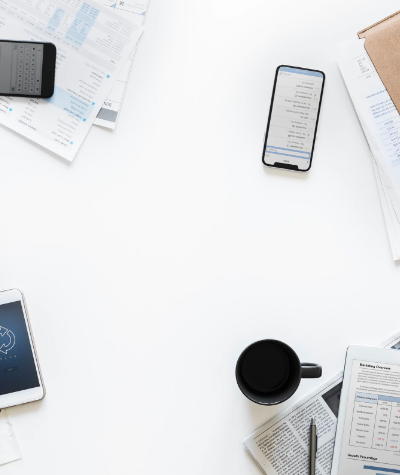Understanding the platform's April average net returns and the general health of the full loan book helps you to appreciate rebuildingsociety.com's performance in the context of other P2P lending platforms and other forms of investment. The average figure is also a useful reference when evaluating your individual net return figure visible on your dashboard. Please note that these figures pertain only to public loans.
During April 2021 we funded two new public loans; the total number of public loans made via rebuildingsociety.com since its inception stands at 275. The total amount loaned to SMEs stands at £ 15,620,794.
We had no new defaults and no new refactors in April 2021.
The total capital still out on all loans totals £2,349,735 - of this, 20.43% is currently in default.
During the month of April, we received £105,676 in capital repayments and £57,107 in interest payments on public loans.
The net recoveries position was £86,461 recovered from default.

This led to an overall profit of £110,676 for lenders or an annualised return rate of 56.52%;
April was an above average month in terms of lender profit and platform net return.
We keep a rolling 12-month return figure to track profits over the last year; this month's performance brings that to 4.92%.
We also track the net return rate for the lifetime of the company; this figure remains fairly consistent and currently sits at 6.46% net return per year. To put the figure in context, in April 2020, the lifetime average net return rate was 6.67%. April Net Returns in 2019 stood at 6.71%.
In April, we added no new public loans to the Primary Marketplace.
April Net Returns Analysis
As a team we work hard to keep in contact with our borrowers, establish how the current economic situation impacts their business, and where possible offer assistance. This assistance may include short repayment holidays or interest-only repayments. Amendments such as these to existing repayment schedules are only granted where a borrower specifically requests assistance and complies with our requirements. We've also been actively assisting businesses to gain access to the numerous government initiatives to support UK businesses.
As a platform we are continuing to lend, but have significantly amended our credit risk processes to account for the current risks affecting businesses.
Find out more about how we're working to help protect your investments post COVID-19
Notes on the methodology:
Algorithms look at a set of standard rules to classify payments as interest, capital, or recoveries as well as loans as performing, defaulting, or bad debt. This is subject to change, so it may not always match our manual changes to loan status or repayments. This helps to keep the data impartial and consistent, unaffected by human bias or expectation. This data refers to platform average data; individual user data and investment performance may differ according to varying lending strategies and behaviour.
We treat all the users as one ‘Superuser’ that all transactions from public loans are applied to; we exclude private loans and treat refactored loans as a single loan.
Find more information about how we calculate Net Returns.
Changes to the model:
Our net return analysis uses dynamic data including capital employed, interest, defaults and recoveries to accurately model platform performance month by month.
From the March analysis, there are two changes to the model’s computations:
- We updated the initial bad debt impairment of loans, as investigations of recovery data in recent years showed that since 2018 the recovery rate on concluded defaults has significantly increased. To reflect this, we reduced the initial impairment, which is the percentage of the loan’s outstanding capital instantly impaired and classified as bad debt upon default.
- In response to COVID-19, we changed the classification of post-default payments to enable a company experiencing temporary payment difficulties that lead to a default, to trade ‘out’ of default by making 3 consecutive full repayments on time. This allows the model to continue to give an accurate reflection of payments made by borrowers who have entered default because of temporary payment restrictions due to COVID-19. Rather than every subsequent payment following default being classified in the model as ‘recovery’, once the business shows they have weathered the disruption of COVID-19 by making 3 full repayments, subsequent payments will be classified as capital and interest as from a normal performing borrower.
In conclusion, the changes to the computations mean a reinterpretation of the historic data, which is why you may notice a change in the metrics and analysis in previous months and lifetime stats.
Please also note:
This material contains certain data and analysis that has been prepared by rebuildingsociety.com Ltd. The information provided is correct at the time of publication or the date shown on the graphs, and may be subject to updates and revision, and may change materially without notice. Subject to applicable regulations, no person is under any obligation to update or revise the information; visit our stats page for daily updates obtained from a combination of public and private loan data.
Past performance is not indicative of future performance. Capital at risk. Find out more about the risks of lending.

